All Souls Day in Costa Rica: A Syncretism Between Indigenous Traditions and Catholicism
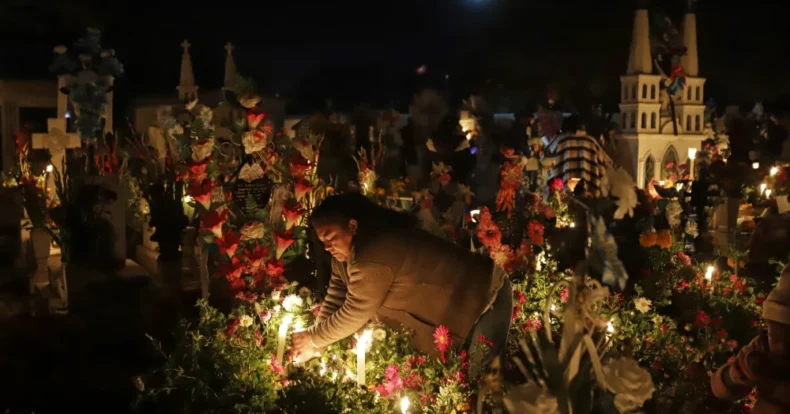
All Souls’ Day in Costa Rica.
Every November 2, Costa Rica joins in the commemoration of All Souls Day, a holiday honoring the memory of deceased loved ones. This celebration is the product of a deep cultural syncretism that fuses ancient Mesoamerican indigenous traditions with Catholic influences introduced during the Spanish colonization. The holiday, therefore, is a rich and unique expression of Costa Rican identity that respects both indigenous heritage and Christian rituals. Below, we explore the key aspects of its origin and how these influences manifest themselves today.
All Souls Day: Indigenous Influences
In Mesoamerican indigenous cultures, especially the Mexica, they venerated the lives of their ancestors and performed rituals to guide them on their way to Mictlán, the underworld. These ceremonies, led by the goddess Mictlacíhuatl, included offerings of food and special objects in honor of the dead. Although these rituals were held in the ninth month of the Aztec calendar, around August, they were centered on the belief in an afterlife. Death, then, was not an end, but a continuation of the cycle of life.
With the arrival of the Spanish colonizers in the 16th century, indigenous celebrations were adjusted to coincide with the Catholic festivities of All Saints’ Day and All Souls’ Day, celebrated on November 1 and 2, respectively. This change of date facilitated the integration of indigenous traditions into the Christian calendar, and thus a cultural syncretism arose where elements of both practices were combined. In this process of fusion, many pre-Hispanic customs survived under a new layer of Catholic symbolism.
Current Practices: Fusion of Traditions
Today, All Souls Day in Costa Rica is a cultural manifestation that reflects both respect for indigenous traditions and the influence of the Catholic religion. Some of the rituals that keep these customs alive are:
1. Ofrenda Rituals
Following pre-Hispanic practices, Costa Rican families elaborate offerings and decorate the tombs with flowers, candles and sometimes even food, thus recreating the necessary space for the souls of their loved ones to “visit” their relatives. Not only do these details honor the memory of the deceased, but they also represent a form of spiritual connection with them.
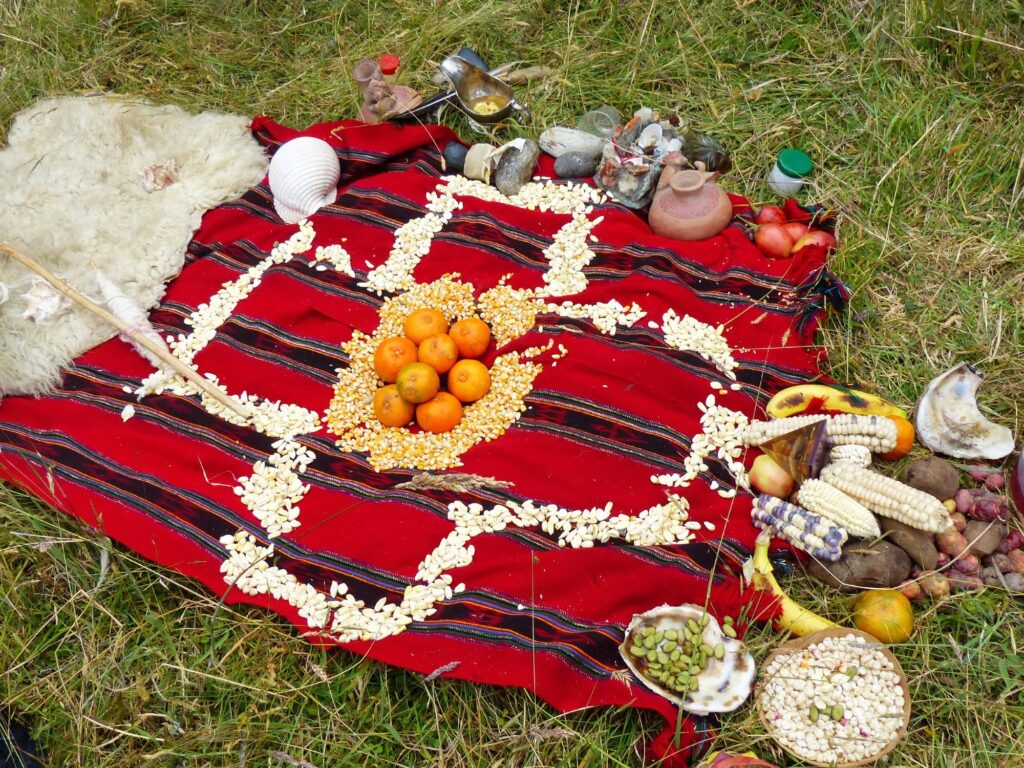
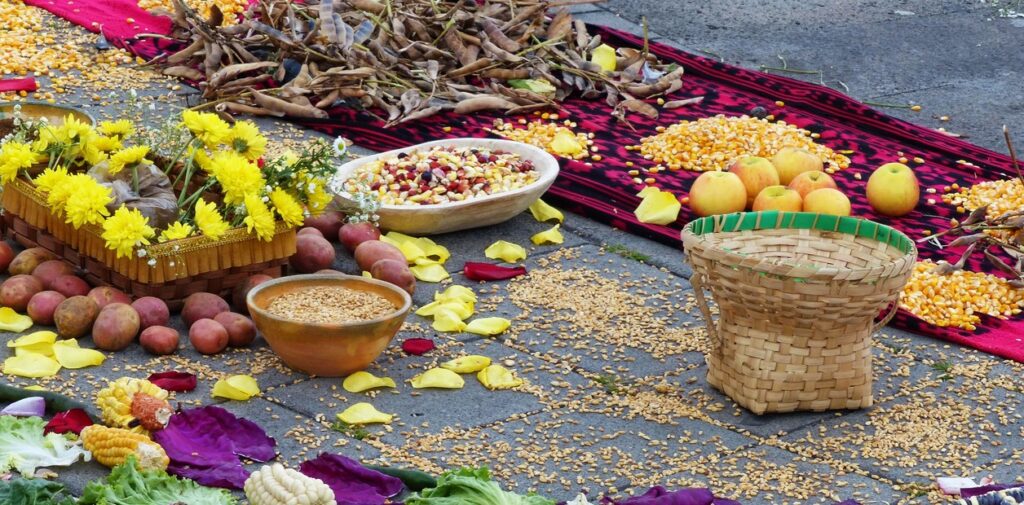
2. Conception of Death
In the indigenous cosmovision, death is a stage in a continuous cycle and not an end. This perspective has been maintained in the celebration of All Souls Day, in which family members prepare to receive the souls of their loved ones and celebrate with them, reinforcing the sense that life and death are deeply intertwined.
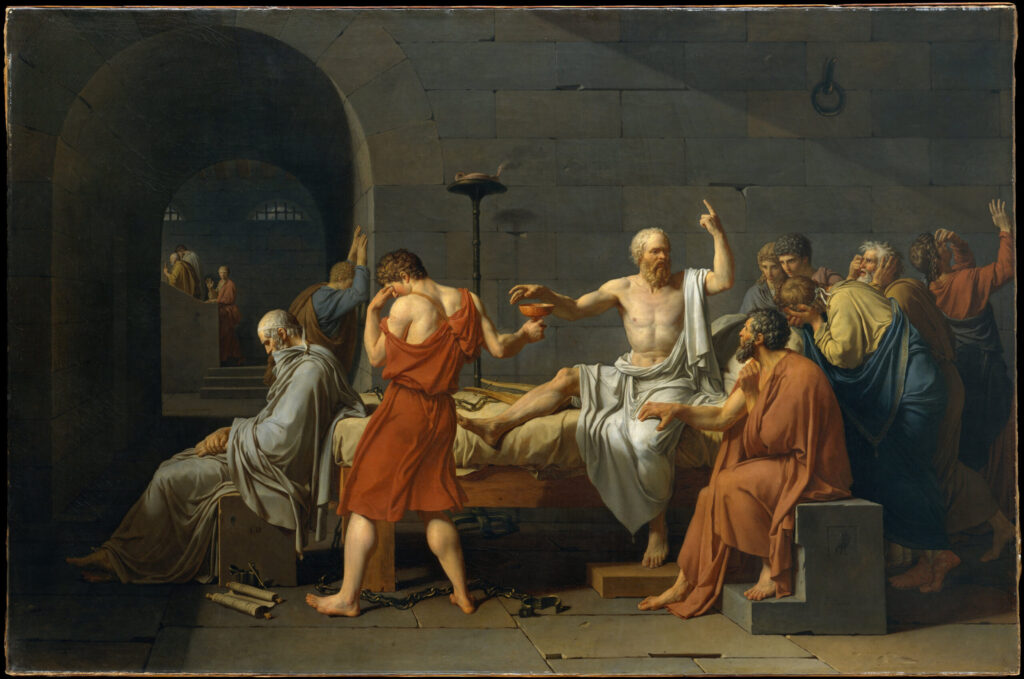
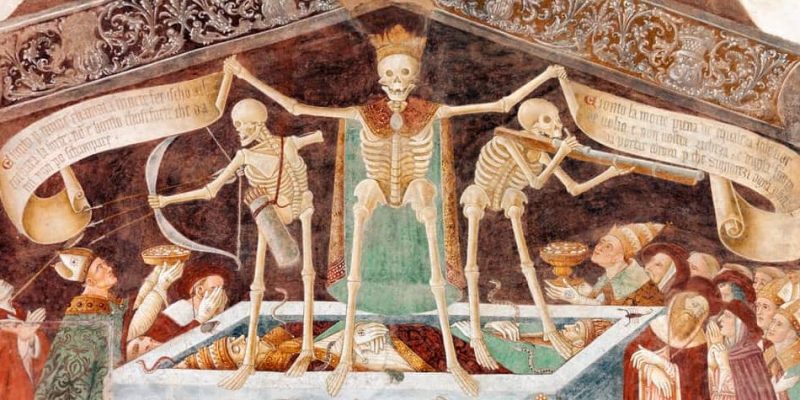
3. Decoration and Symbolism
Flowers, especially those of bright colors such as cempasúchil, as well as candles and incense, are elements that guide and purify the space so that the souls can approach. This custom has a clear origin in indigenous rituals, where the symbolism of nature and light are essential in the connection between the living and the dead.
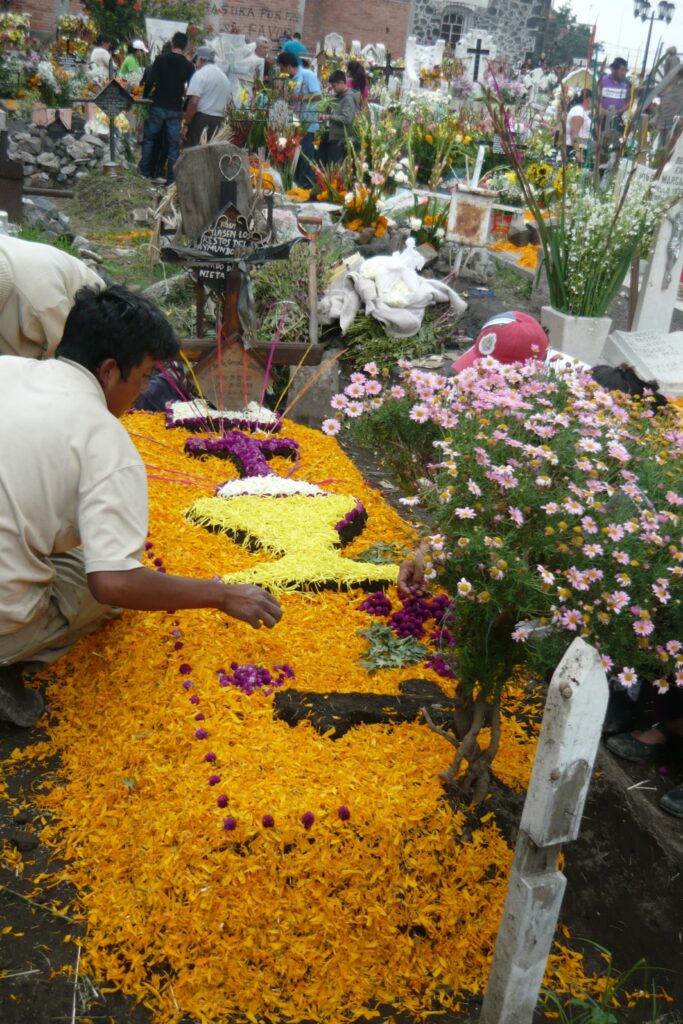
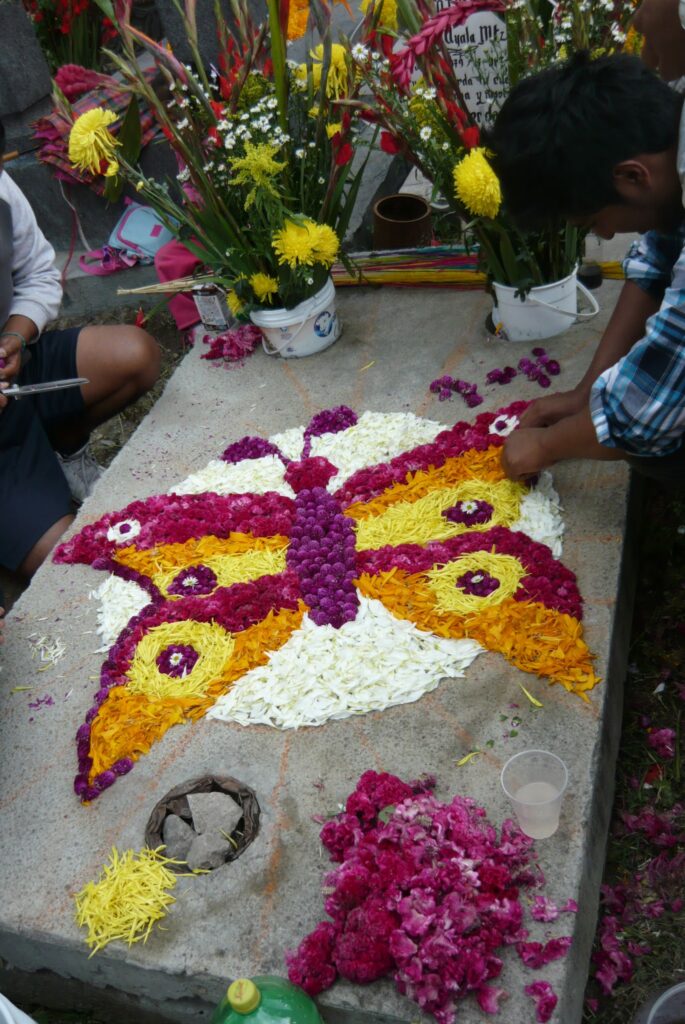
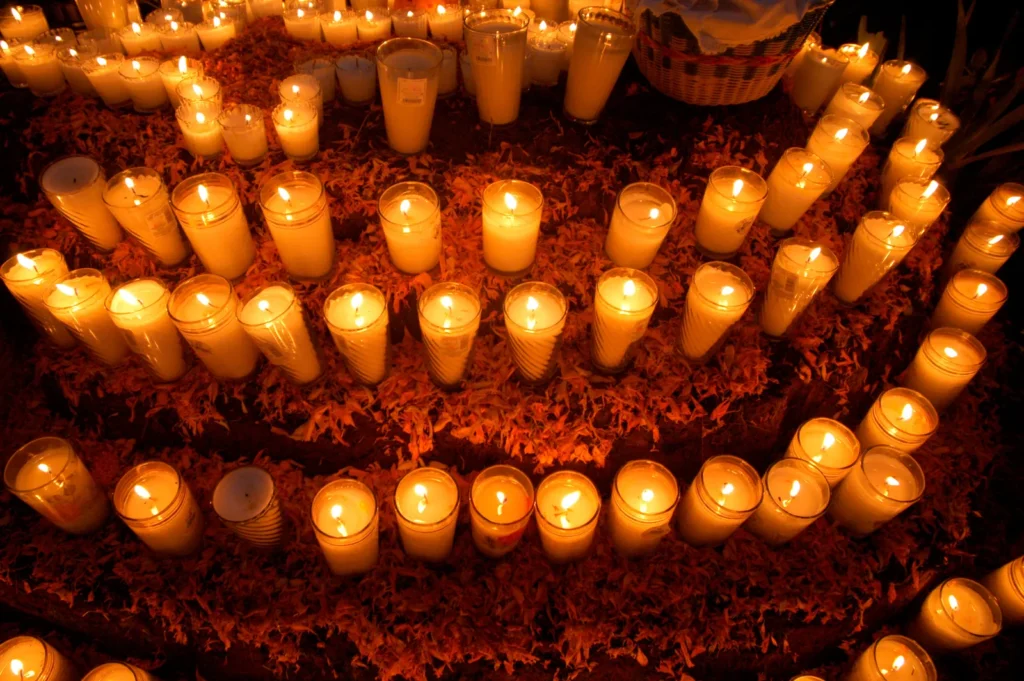
4. Community Celebration
For many communities, the celebration of All Souls Day includes family gatherings and even collective celebrations around gravesites. Families often bring food and spend the day remembering and honoring the deceased in a convivial atmosphere. This practice is reminiscent of the indigenous feasts that celebrated the lives of ancestors in community.
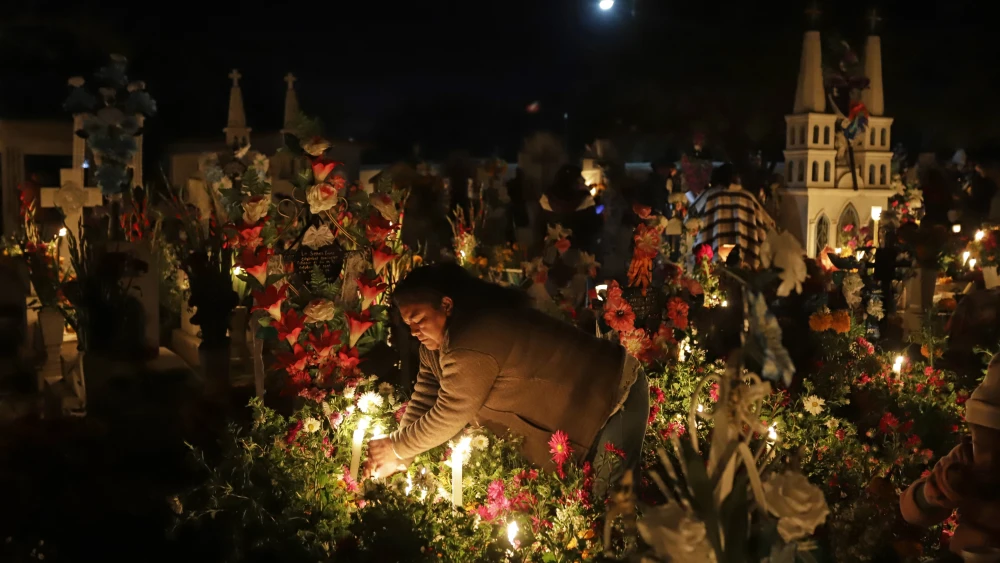
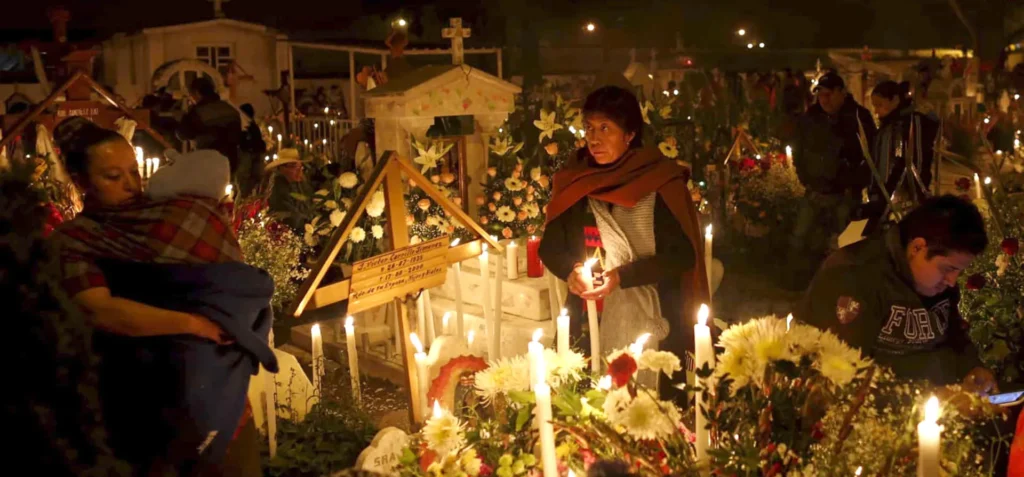
5. Cultural Syncretism
The syncretism between indigenous traditions and Catholic practices has resulted in a unique celebration in which masses and prayers for the deceased can be observed, in harmony with the offering rituals and decorative elements that represent the pre-Hispanic past.
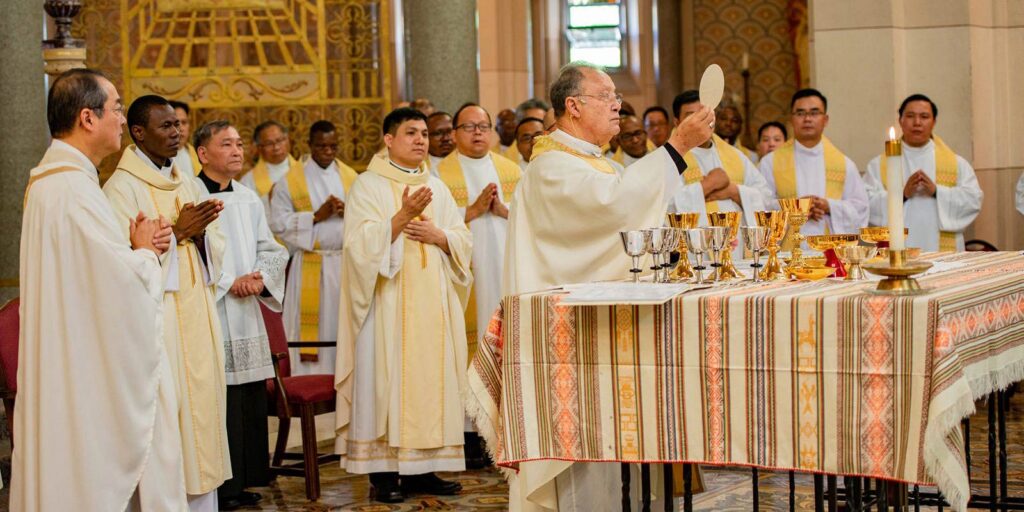
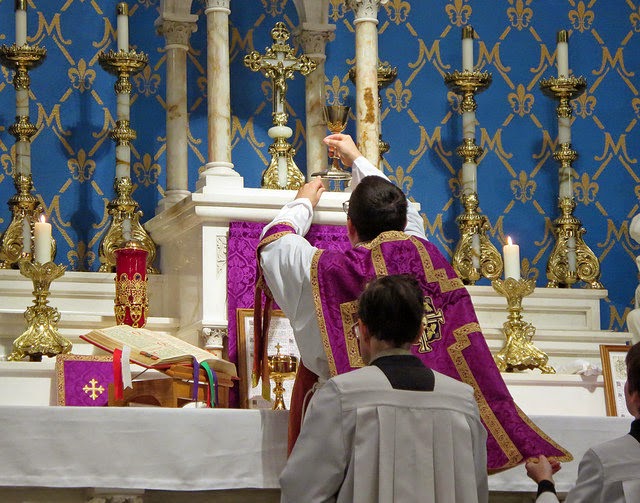
All Souls Day in Costa Rica is a celebration loaded with symbolism and respect for history. The fusion of indigenous rituals and Catholic traditions has resulted in a unique festivity that honors both pre-Hispanic beliefs and Catholicism. Through offerings, symbolic decorations and community gatherings, Costa Ricans pay homage to their ancestors, keeping the collective memory alive and reflecting a rich cultural legacy that endures over time.
Sensorial Sunsets
Navigate articles





